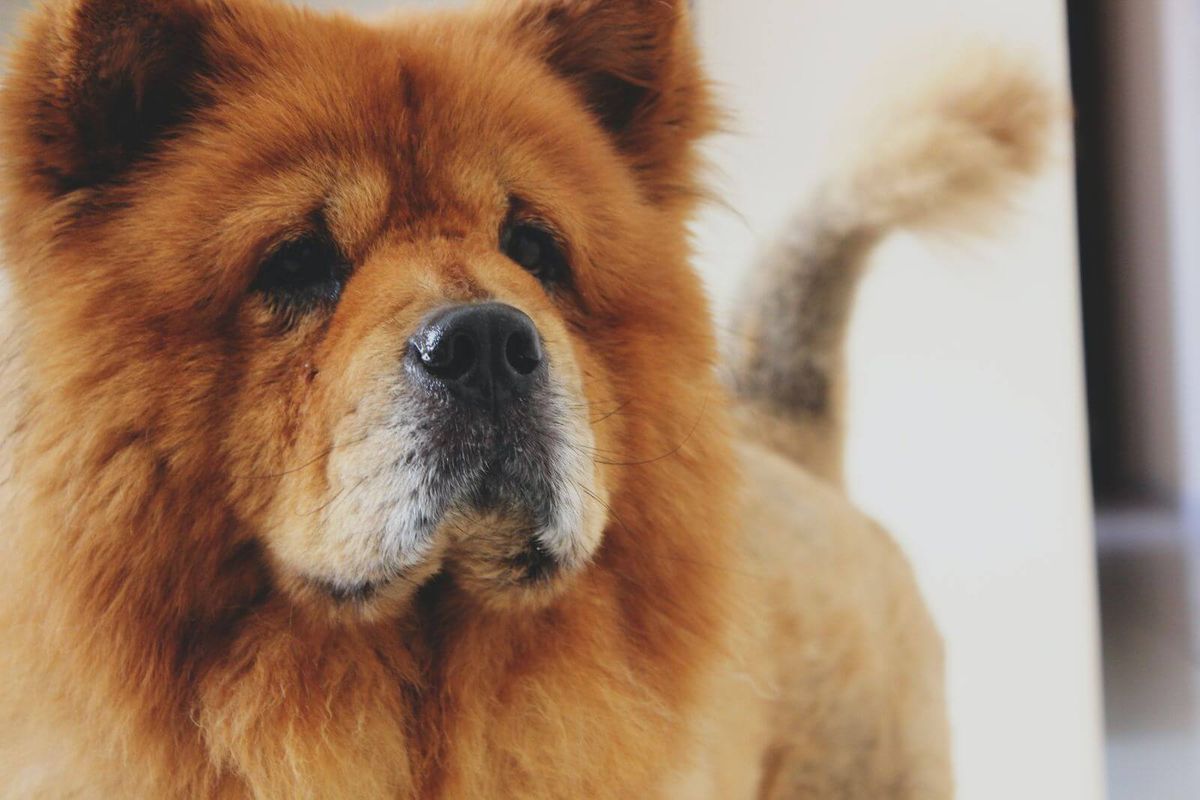Are you getting ready to downsize but feeling a bit nervous since the vast majority of your family has paws and claws? Is your personal pack used to having lots of space? The process might be a bit of a challenge, but it is possible to get through the downsizing process without stressing your pets out along the way. Here are a few bits of useful insight:
1. Look for open spaces outdoors
If you’re moving from a large home with a big yard to an apartment or condo, one of your first priorities is to find outdoor spaces. This could be a dog park or dog-friendly beach, and there are many websites that can help you find exactly what you’re looking for.
2. Take a look at your lease
If you’re selling a home and moving into a rental situation (or in a condo unit with a HOA), make sure to look at your lease or covenants. Some apartments have breed restrictions or they may prohibit certain animals by age or weight. The last thing you want is to get prepared to move only to find out that Spot isn’t actually welcome.
3. Prepare your property
Once you are certain of where you are going, it’s time to make moving a priority. Start by cleaning your home from top to bottom. You should also dive in a bit deeper by shampooing the carpet and any other soft surface. Clean the windows and swap to curtains that allow natural light to come through. Most importantly, look for ways to “hide the evidence” that a pet lives there. You want your buyers to walk into the most neutral possible situation. Remove your personal belongings, take pets with you, and make sure there are no unpleasant animal smells lingering in the air during showings or your open house.
4. Prioritize safety
Safety should always be your number one concern, especially on moving day. One special consideration here is that it’s very likely that your movers will be men. Unfortunately, as Hill’s Pet explains, it is not uncommon for dogs to be fearful of men. Couple this with their natural territorial tendencies, and your dog may get spooked and run or, worse, bite someone. Keep your dog in a crate or marked bedroom so that they can’t get loose when they need to be contained.
5. Give your dogs their own space
Although they are used to having the rule of the roost, there’s going to be much less roost to rule. This doesn’t mean that they should not have their own designated “safe” spaces. Once you get to your new home, pay attention to where your dog gravitates. Then, make it their own. It can help to provide them with a “den,” such as a bed under your desk or their very own dog crate in a cozy corner. The point is to make sure that they have a place where they can retreat or sleep when things get overwhelming, which they often do in a smaller space.
A few other ways to streamline the moving process include:
● Make sure your pet has up-to-date tags and is microchipped
● Walk your dog through your new community to meet the neighbors
● Never leave your dog in a hot vehicle, even to go to the bathroom
● Travel with another human companion if you are moving across state lines
● Be patient as your dog explores their new home
Moving is a big ordeal, but it doesn’t have to be a huge headache. When you’re downsizing, whether for retirement or just to simply lower the bills, you must be patient with your animal as they acclimate to less space. And, they willacclimate, and soon you will all feel right at home in your cozy new quarters.







